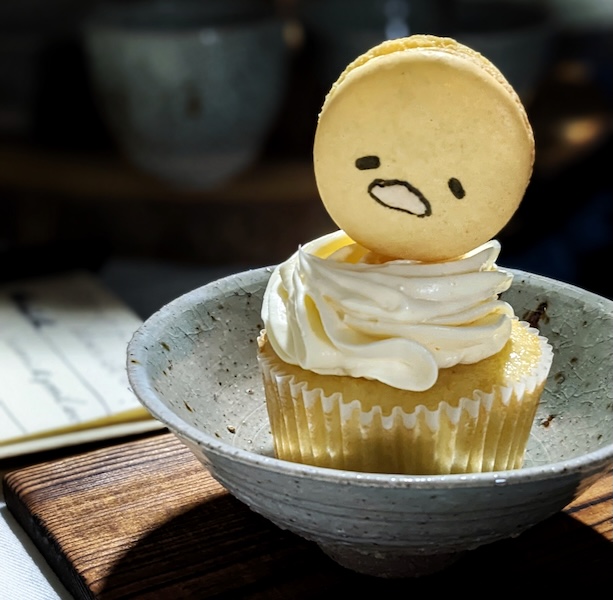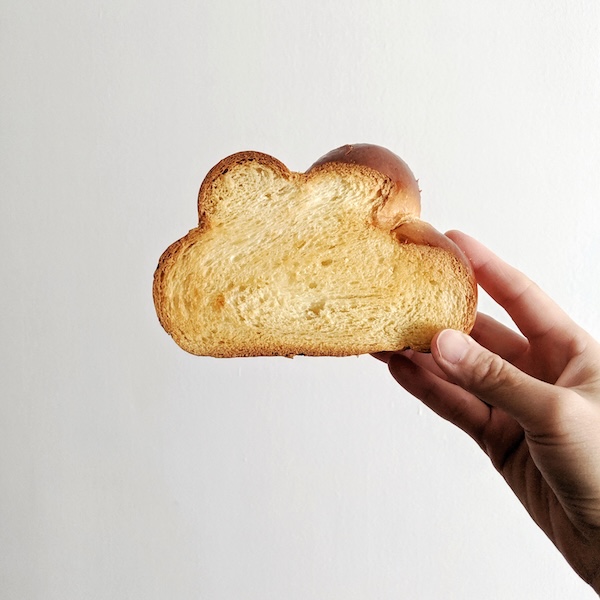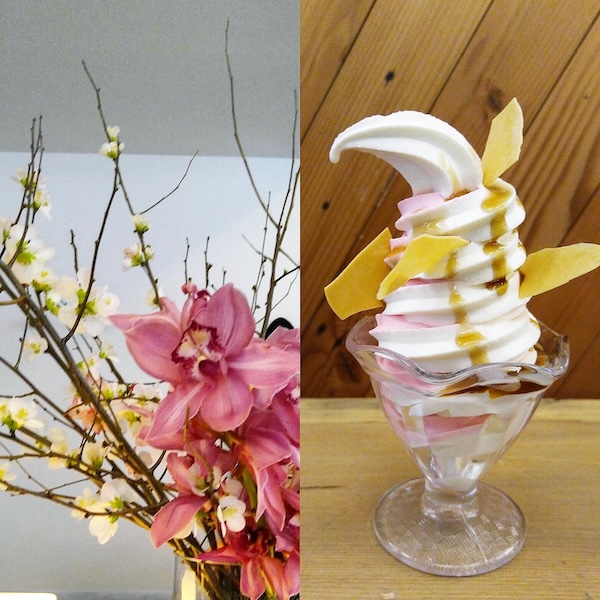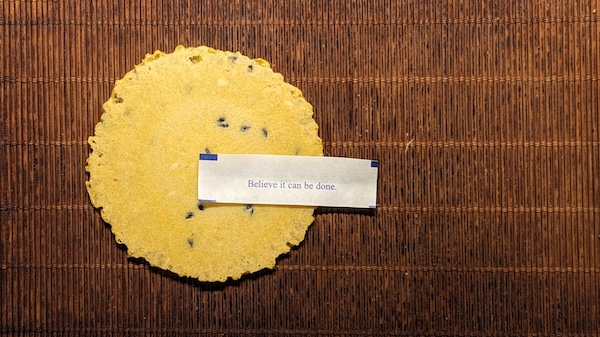In the 1960s, Hostess cupcakes were just a nickel for 2 cupcakes in a package. This very important fact of the times is recorded in a school textbook, Learning to Use Arithmetic,1962. It asks: How many cupcakes can Sue buy for $20. if 2 cupcakes cost 1 nickel?”
I was never given this math problem in school, and understandably turned away from arithmetic.
By the 60s, cupcakes were regular stand-ins for cake cake at children’s birthday parties. This is when the icing became the main point, to make it visually cute and appealing. Before they became associated with kids and parties, cupcakes were more like muffins. They were bald and unfrosted.
They got their name in the early 1800s by how the ingredients of the cake were measured. Similar to pound cake, where you take a pound each of all the important ingredients, cupcakes relied on the cup for its unit of measure. An 1827 recipe by Eliza Leslie calls for 4 cups of sugar, 4 cups of flour, 1 cup of buttermilk, and 1 cup of wine. I don’t have the facts, but I feel this switch from weighing ingredients to using volume has some part in why American recipes are attached to their cups and spoons. Also similar to a pound cake, the cupcake was acupcake – one singular cake, and only sometimes baked separately into individual cups.
Small cakes had been industrially produced by 1919. These factory-made snacks were marketed to busy housewives so they could save time, thus the brand name, Hostess. By 1945, they were marketed for kids, and by 1954, Twinkie the Kid was seen on TV along with Captain Cupcake. Cupcakes and children played together until 2000, when millennial pink paired up with childhood nostalgia, and they were repackaged as gender neutral, age neutral, and just cute neutral.
Because who can hate on a cupcake?



